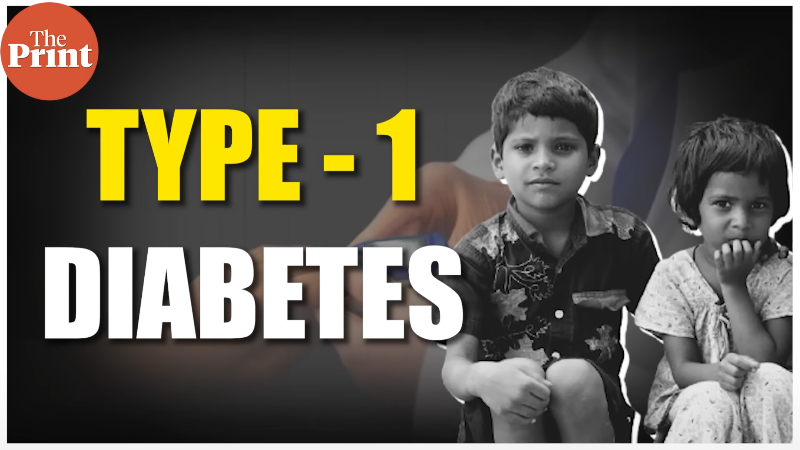by University of Pittsburgh
Credit: Pixabay/CC0 Public Domain
Physicians who received payments from the manufacturer of a specific set of cardiac devices are more likely to use those devices, often during a common procedure to unblock coronary arteries, according to a research letter published in JAMA authored by researchers from the University of Pittsburgh, University of California, San Francisco, Yale University and the University of Connecticut.
The devices, known as the intravascular microaxial left ventricular assist devices (LVADs), were developed to provide cardiac support, often during percutaneous coronary intervention (PCI) procedures, and have been scrutinized in recent years for concerns about the evidence supporting their safety and effectiveness.
The Food and Drug Administration issued a correction on instructions for LVADs last month. The research letter raises questions about how industry payments influence the use of medical devices, which can include high-risk procedures as well as high costs.
Using the national disclosure program Open Payments, the authors examined marketing-related payments from the LVAD manufacturer to cardiologists from 2016 to 2018, then linked these data to Medicare claims to determine which devices were subsequently used in beneficiaries. The team found that physicians who received payments from the manufacturer of LVADs were approximately twice as likely to use the device that year as well as in the following year, suggesting a lasting effect.
Senior author Timothy Anderson, M.D., M.A.S., a primary care physician, health services researcher and assistant professor of medicine at Pitt, explained that their findings align with previous studies showing that even small marketing payments may influence clinical care, but that most prior studies focus on prescription drugs.
This study is one of the first to expand to medical devices and raises concern given that intravascular microaxial LVADs are more expensive but not shown to be more safe or effective than alternatives.
"These marketing relationships are very different from research partnerships between academia and industry, which are often beneficial in developing new innovations," said Anderson. "If free meals and gifts to doctors might influence what device is used during a cardiac emergency, it is time to rethink whether these relationships are acceptable."
More information: Intravascular Microaxial Left Ventricular Assist Device Manufacturer Payments to Cardiologists and Use of Devices, JAMA (2024). jamanetwork.com/journals/jama/ … .1001/jama.2024.4682
Journal information: Journal of the American Medical Association
Provided by University of Pittsburgh







Post comments